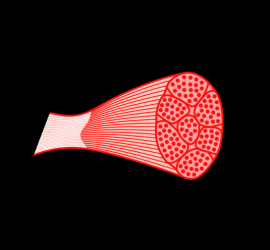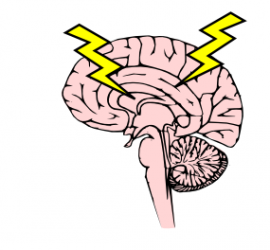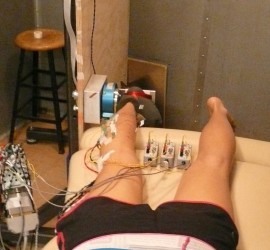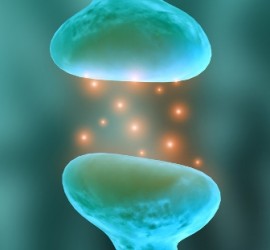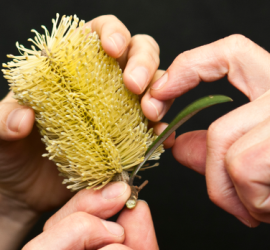Interview: Associate Professor Glen Lichtwark talks about microendoscopy in human muscles
With microendoscopy, it is now possible to study the microstructure of muscles in living humans with an unprecedented level of detail. Associate Professor Glen Lichtwark from the University of Queensland explains how microendoscopy can be used to gain a deeper understanding of how muscles adapt in response to, for example, training […]

